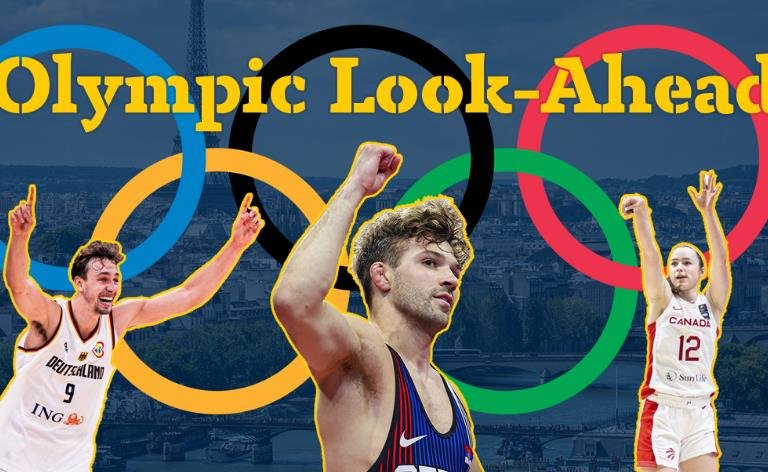As the Paris 2024 Olympics loom on the horizon, the Canadian government has announced an increase in funding for athletes, sparking a conversation about the adequacy of support for Canada’s Olympic hopefuls.
The recent federal budget has earmarked an additional $35 million over the next five years for the Athlete Assistance Program (AAP), with an ongoing $7 million per year as the Paris Olympics approach. This increase, while significant, has been met with a call for more from the Canadian Olympic Committee (COC), which argues that the contributions fall short of the $104 million additional funding requested last month.

The AAP, also known as “carding” money, is designed to help athletes with living expenses and competition costs not covered by their sports’ governing bodies. Despite this first raise since 2017, athletes have shared their struggles to make ends meet, with some resorting to free accommodation or relying on homegrown food to sustain their training regimens.
The Struggle for Adequacy
The COC has welcomed the increase as essential for athletes’ ability to train and compete effectively. However, the committee emphasizes that the funding still does not meet the needs of National Sport Organizations (NSOs) to advance their sports and deliver a sport system that is safe, inclusive, and accessible for all Canadians.
The debate extends beyond the financial figures, touching on the broader issue of how Canada values and supports its athletes. The COC continues to engage with the federal government to advocate for the necessary investments to ensure a robust sport system.
Beyond the Podium
The conversation about athlete funding is not just about the Olympics; it’s about the legacy Canada wants to leave in the world of sports. As the COC pushes for more support, the government’s response will signal its commitment to nurturing talent and the importance placed on athletic achievement.
The outcome of this debate will have long-term implications for the future of Canadian sports, influencing the country’s ability to compete on the global stage and the support system available to the next generation of athletes.








